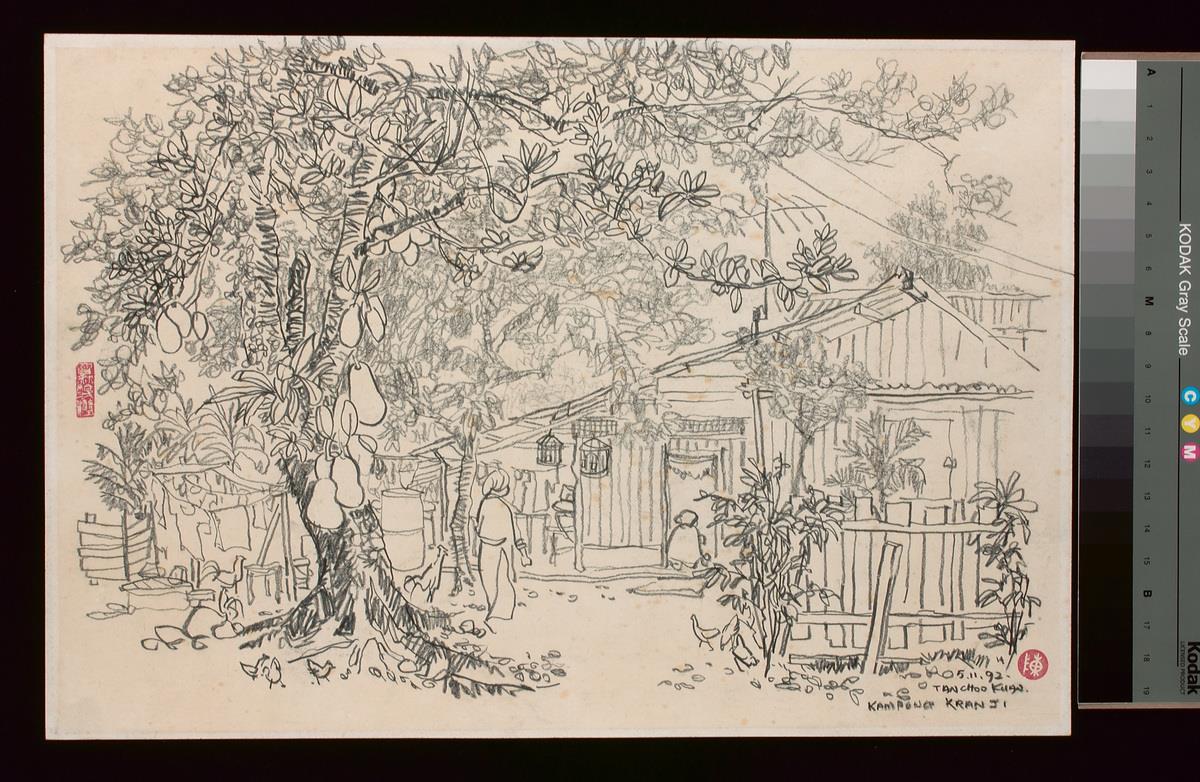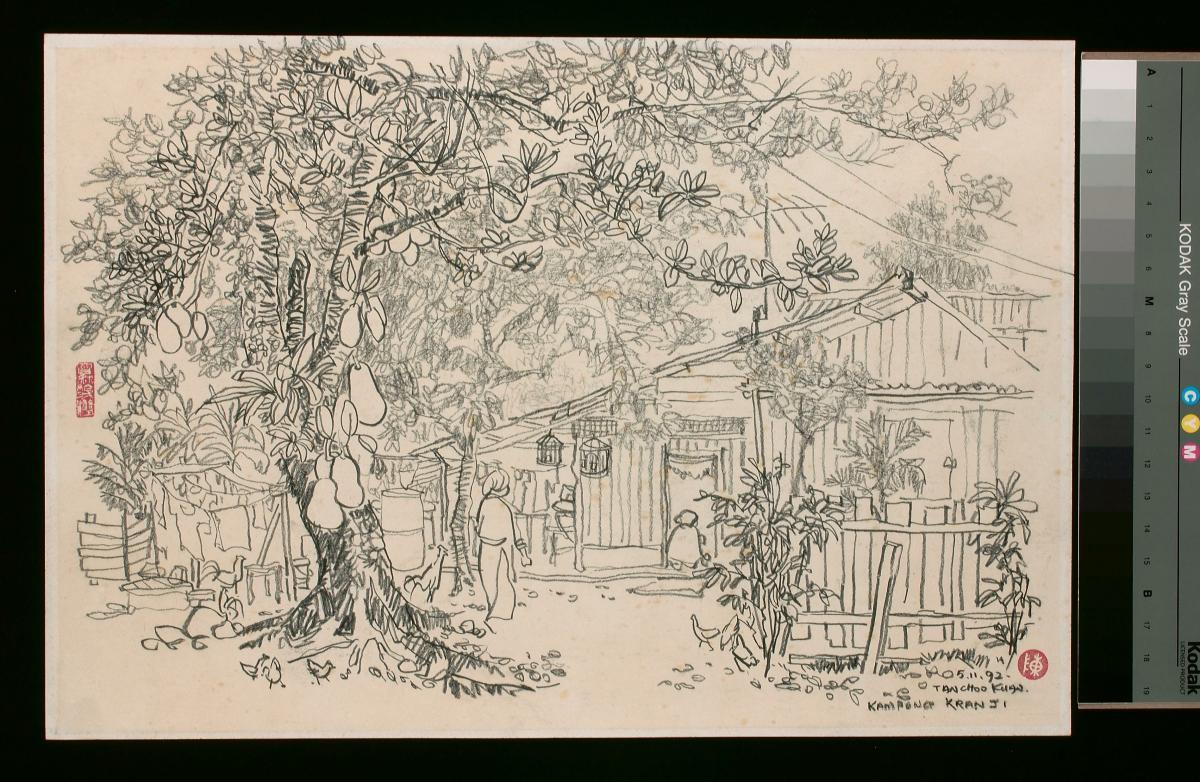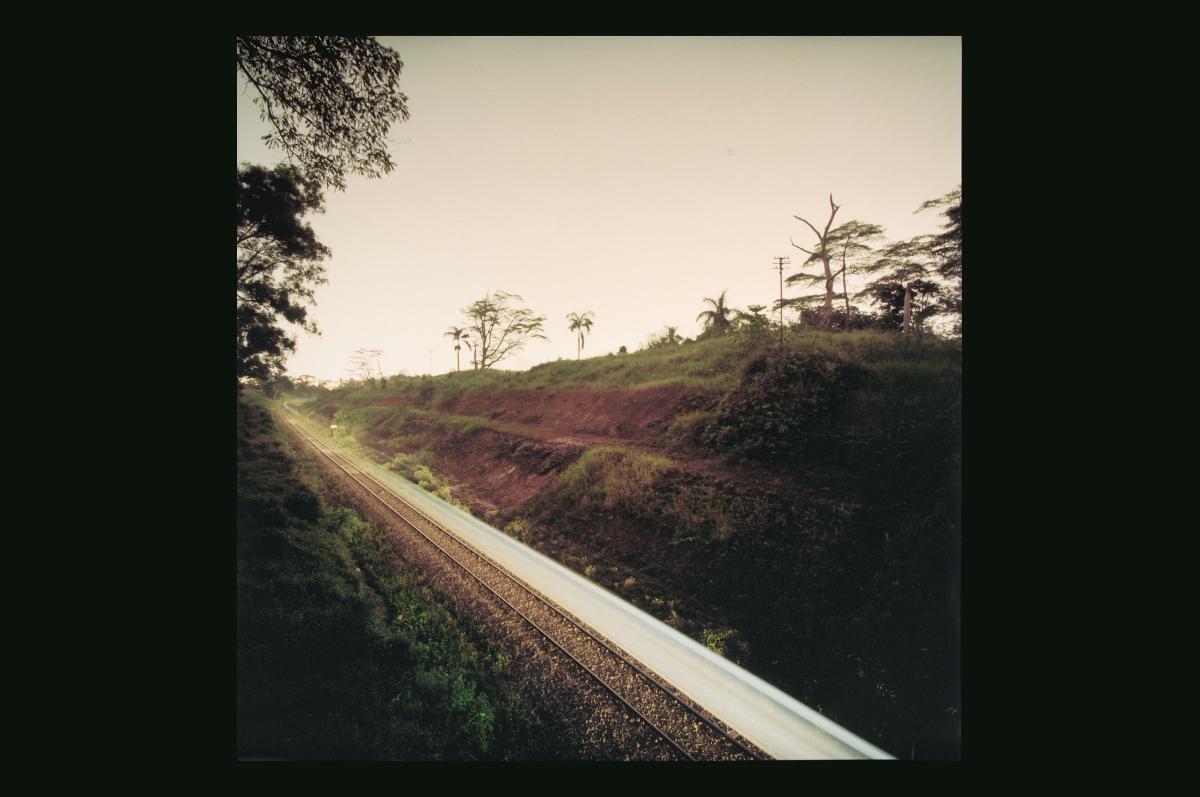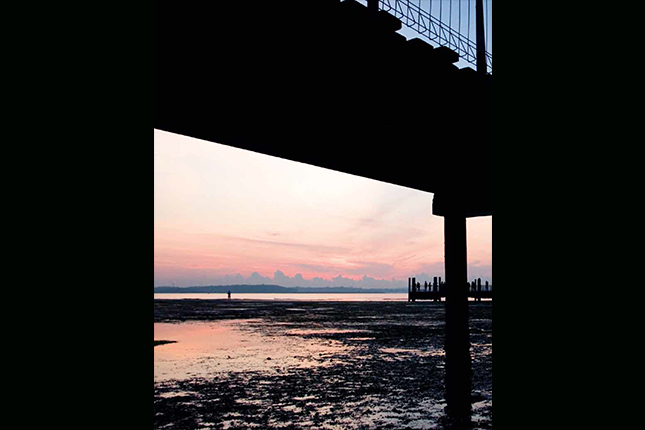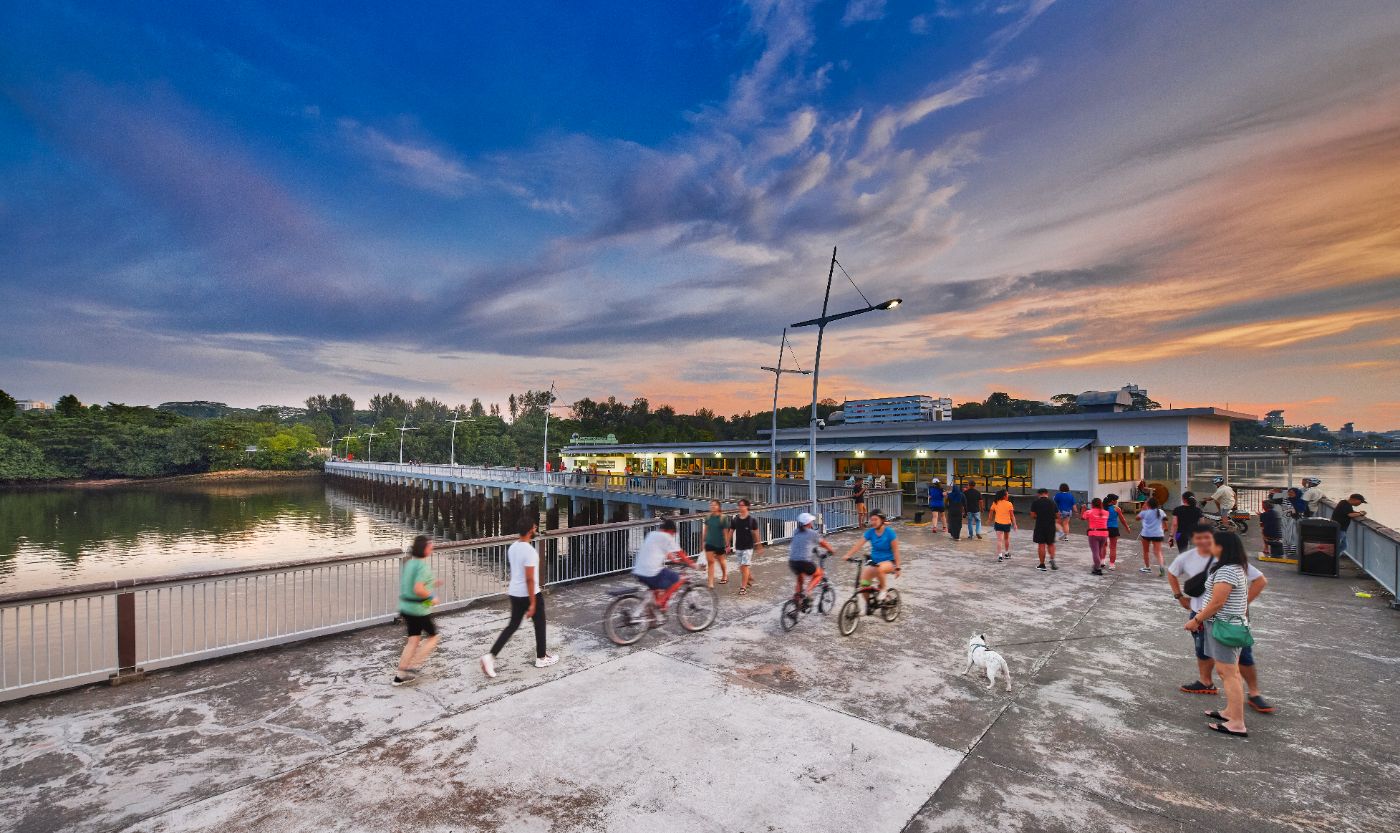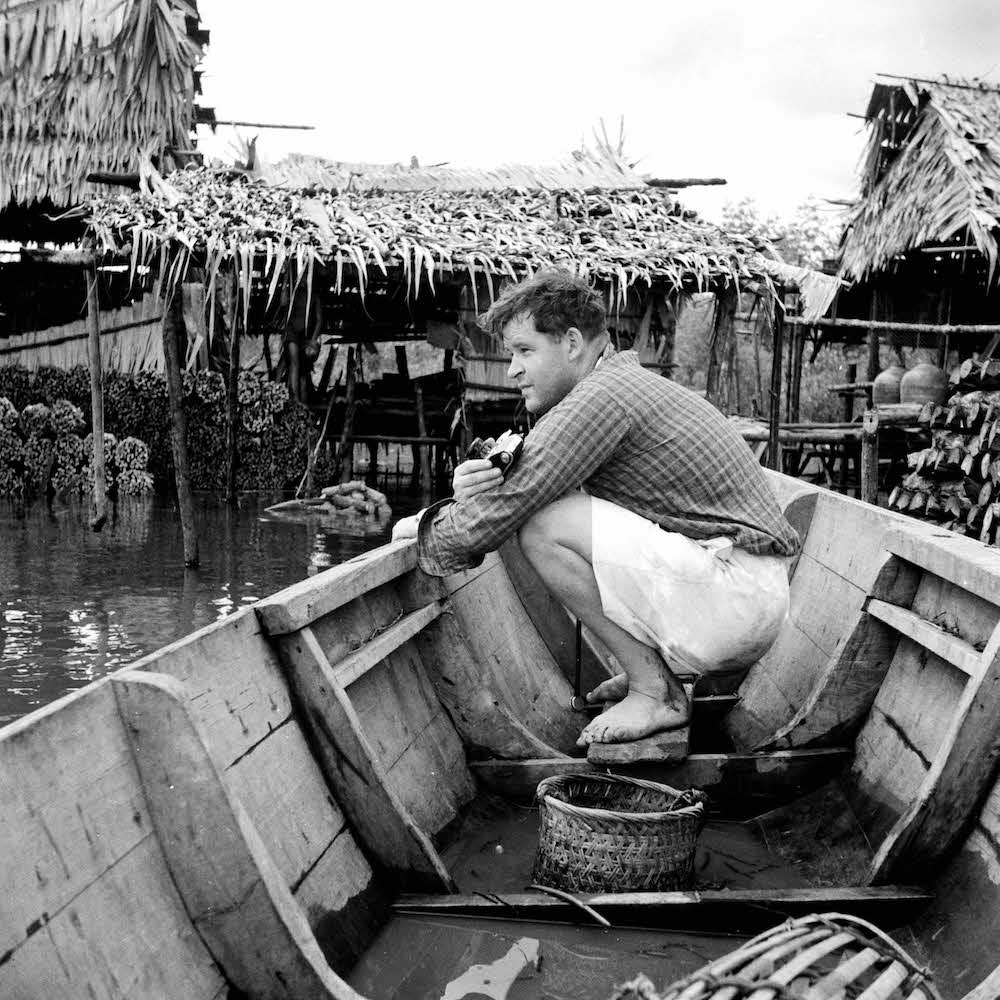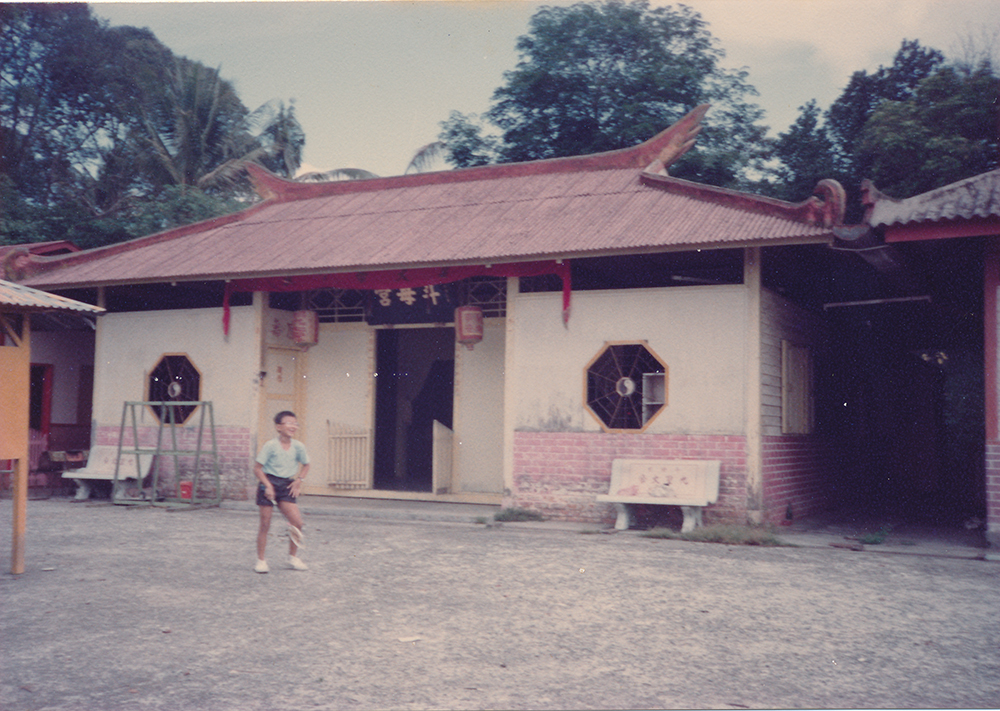Tucked away in northwestern Singapore, within the district of Lim Chu Kang, lies the Kranji countryside. Strawberries, butterhead lettuce, spinach, eggplants and golden oyster mushrooms are among the great variety of produce which flourish on its grounds under the watchful eyes of farmers contributing to the nation’s food bowl.
A man named Neo Tiew has been credited for developing Lim Chu Kang. He had the area cleared of jungle for pineapple plantations , as well as pig and poultry farms, from as early as the 1900s. These activities added rigour in the 1950s and 1960s, as a result of growing domestic demand and the introduction of more modern farming methods. A greater variety of farms thus sprouted up.1
Later, as Singapore modernised, farmers were resettled to make way for redevelopment projects such as the construction of housing estates. By the 1980s, pig farming was phased out.
To optimise the use of the city’s limited agricultural land, Singapore embarked on a programme in 1986 to apply biological science and technology to intensify farming systems. The district of Lim Chu Kang became one of a handful of agrotechnology parks in Singapore.
Today, about 100 land-based food farms remain in Singapore, the majority of which are located in Kranji.2 Changes are afoot, however, as the Singapore Food Agency looks to ramp up production in the area and grow an even more efficient agri-food cluster.3
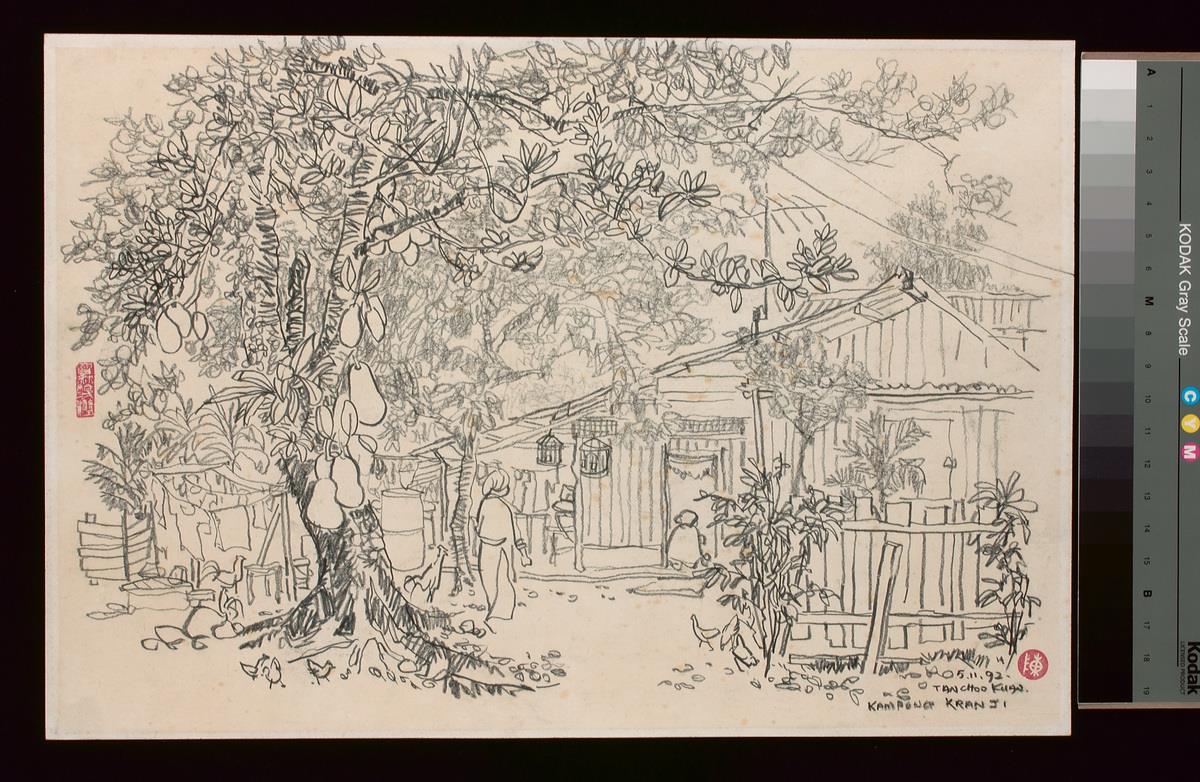 Kampong Kranji in 1992 as depicted by artist Tan Choo Kuan who made paintings of Singapore’s last remaining rural communities. The name Kranji is derived from the Malay name of the velvet tamarind tree — pokok keranji. The tree was once common to the area and the island at large. (Gift of Ms Tan Teng Teng. Collection of the Singapore Art Museum)
Kampong Kranji in 1992 as depicted by artist Tan Choo Kuan who made paintings of Singapore’s last remaining rural communities. The name Kranji is derived from the Malay name of the velvet tamarind tree — pokok keranji. The tree was once common to the area and the island at large. (Gift of Ms Tan Teng Teng. Collection of the Singapore Art Museum)
Agri-tainment in full bloom
Gardens By The Bay’s super grove trees, Marina Bay Sands’ infinity pool, the Singapore Zoological Gardens. These are some of the common attractions associated with tourism in Singapore.
Set up in 2005, the non-profit Kranji Countryside Association, comprising members of Kranji’s farming community, pushed for the island’s sole countryside to be included in Singapore’s tourism canon. The association consequently developed activities and programmes, transforming the countryside into a lifestyle destination. Tourists and locals can join experiential tours and educational workshops, or sign up for farm stays.
A “farm-hopper’s” guide to the Kranji countryside
Kranji might be rural but don’t let its tranquil environment fool you. Behind the scenes, dozens of farmers toil quietly, contributing essential produce to markets and supermarkets islandwide. To get an idea of the extent of work required to run a farm, trail off the beaten track, past Chinese cemeteries and swampy terrain, to explore some of the island’s best kept secrets.
Here are some highlights from the countryside experience:
A recommended first stop is Hay Diaries, the only goat farm in Singapore. The two-hectare site started by the Hay family in 1988, houses a herd of 800 goats in roomy barns. The animals are kept on a healthy diet of alfalfa hay, and grains such as barley, wheat and corn.5 Visitors are invited to observe the milking process which usually takes place in the morning.
Another popular stop is Jurong Frog Farm, where visitors are given the opportunity to slip on boots and hang out with frogs. Run by second-generation frog farmer Chelsea Wan, the farm rears as many as 20,000 bullfrogs at any one time and also upkeeps populations of catfish, tilapia and snakehead. On occasion, staff fry frog legs with Cajun seasoning on a patio by the main entrance.6
Up north, closer to the Sungei Buloh Wetland Reserve, lies Max Koi Farm. Beautiful carp swim spiritedly within its compound, flashing onlookers with glimpses of their brilliantly hued inky black, egg-yolk yellow, golden orange and vermillion red patterned skin. The farm specialises in breeding top-tier kois for local and international hobbyists alike.
At 100 Neo Tiew Road stands Bollywood Farms — one of the pioneers of agri-tainment in Singapore. Tropical fruits such as bananas, rambutan and passion fruit grow on its lush 10-acre complex. It also runs a culinary school, bistro and museum.
For a truly immersive kampung experience, visitors can opt to stay overnight at the Gallop Kranji Farm Resort which has villas, a spa, beer garden, cafe and a swiftlet museum.
You can also look out for the quarterly farmers’ market organised by the Kranji Countryside Association. Visitors can have their pick from an eclectic mix of fresh produce from the area’s agricultural vendors.




